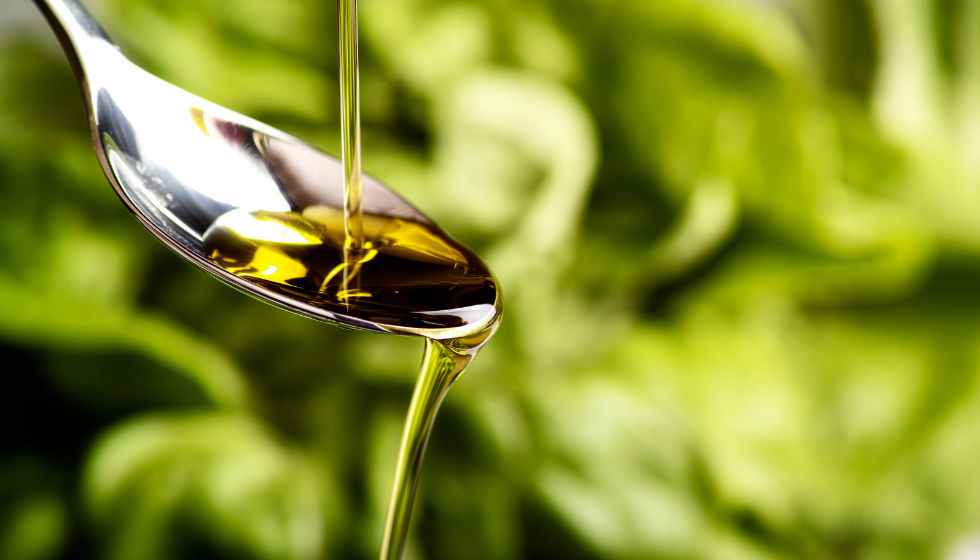Applying marula oil could become part of your skincare routine once you learn how much it can help you.
When it comes to skincare, many avoid using facial oils, especially if they have oily skin. Those with acne-prone skin assume that facial oils can aggravate pimples and blemishes. However, not all fats have adverse effects in these cases.
Some oils, such as coconut oil, can clog pores, which is comedogenic, and promote breakouts. Others may be too strong or inflammatory, so that they won’t work well for people with sensitive skin either. Even though some facial oils can hurt the skin, there are several oils, such as marula, that suit all skin types.
What is marula oil?
A light oil, marula oil is derived from marula fruit trees in southern Africa. It is extracted from the seeds and skins of the fruit. It also contains absorbable protein, making it great for skin and hair. It has a fruity smell with a nutty undertone and is used in perfumes, body lotions and soaps.
It intensely hydrates the skin
Thanks to the amino acids found in marula oil, the skin can be hydrated. The oil also has anti-ageing properties and antioxidants such as vitamins E and C, which protect the skin from ultraviolet rays and reduce the appearance of blemishes.
Remember!
It should not be used as a substitute for sunscreen products.
It is also suitable for acne-prone skin
If you have acne-prone skin, marula oil will not accelerate the process of pimples. It is a non-comedogenic oil and anti-inflammatory and has antimicrobial properties that can help fight the bacteria that cause blemishes, whiteheads, and blackheads.
How to apply marula oil
Facial oils should be applied in the evening, right after your moisturizer. During the day, you can use them before a sunscreen cream or lotion.
Regular 100% cold-pressed marula oil is rich in antioxidants. It is unrefined and contains oleic, and linoleic acid protects dry skin. You can use it after water-based products and before suspensions and creams.


